By Rena Afami, APC Sports
Sponsorship in sports is a marketing technique for brands to generate brand awareness and customer loyalty by investing in athletes either individually or in groups. Male athletes have always dominated the industry and it is apparent that they are the primary choice of sponsors compared to women. This is apparent from the statistics of last year where it is shown that women’s sports sponsorships accounted for just 0.4% of all sports sponsorships. There are obvious differences between sponsorships in male and female athletes due to gender inequality issues and this article expands on the reasons behind these differences.
There are several factors that led to this trend in sponsorships. For example, one major factor , is the serious lack of media coverage for female athletes. TV programs, sports news and the like, promote male athletes and male sports rather than female athletes and women’s sports. In the United States of America nearly 40% of athletes are female, but they only receive 2%-4% of media coverage. The more the athlete is exposed to media, the more publicity the athlete gets and thus publicity is a strong criterion for the athlete to gain sponsors.
Despite the fact that the audience of women’s sports has inevitably grown, it seems that it is not coupled by a corresponding change in media coverage. The purpose of sponsorship is to reach new audiences; supporters of women athletes seem to present a great target audience for many sponsoring brands. As a result, sponsors should consider flipping the coin and changing their attitude towards female athletes by starting to consider that sponsoring more female athletes could prove to be financially beneficial.
Another differentiating factor between sponsoring male and female athletes has to do with male and female stereotyping. Male athletes are assessed based on popularity, fame and ability whereas female athletes are assessed based mostly on appearance rather than athletic ability and achievement in sports. For example, athletic clothing of male athletes covers their center body not always showing their arms and legs. On the other hand, in athletic clothing for female athletes, the torso and cleavage are consistently exposed. This might create the feeling of disrespect towards not only the female body, but also the athlete herself as the focus is not on her sport but on how feminine and attractive she may be. This could nurture the impression that if a female athlete does not have the ideal athletic female body because she is more masculine or does not have the “right type” of a female body, she will probably not be the ideal candidate for sponsoring brands.
The lack of sponsoring female athletes has a huge effect on their overall income. Male and female athletes competing in the same sport and on the same level, do not earn the same levels of commercial income; the male athlete earns 5 times more than the female athlete due to more generous sponsorships, attributed to the notion that the female athlete is less profitable than the male athlete.
This gender inequality in sports has started to cause irritation to female athletes who are stepping up and are raising their voice against this phenomenon. The Women’s US Soccer team has filed a lawsuit against the US Soccer Federation for gender discrimination and one could argue that the low percentage of sponsorships in female athletes has been caused due to lack of support of female athletes in general.
In conclusion, female athletes are less likely to get sponsorships because sponsors tend to have the notion that the image of a female athlete is not as lucrative as that of its male counterparts. However, this needs to be countered to stop the inequality that appears to exist in sports. The fact that the interest in female athletes is increasing rapidly, should be a significant factor to change this notion. Statistics in Australia show that 84% of Australian sport fans are interested in women’s sports, which in itself presents an untapped potential for sponsors. Let’s hope that in the coming years the numbers of sponsorships of female athletes will escalate and that we will hopefully reach a point where sports sponsorships are free of any gender discrimination.
For more information and exchange of views, you may contact us at [email protected].

